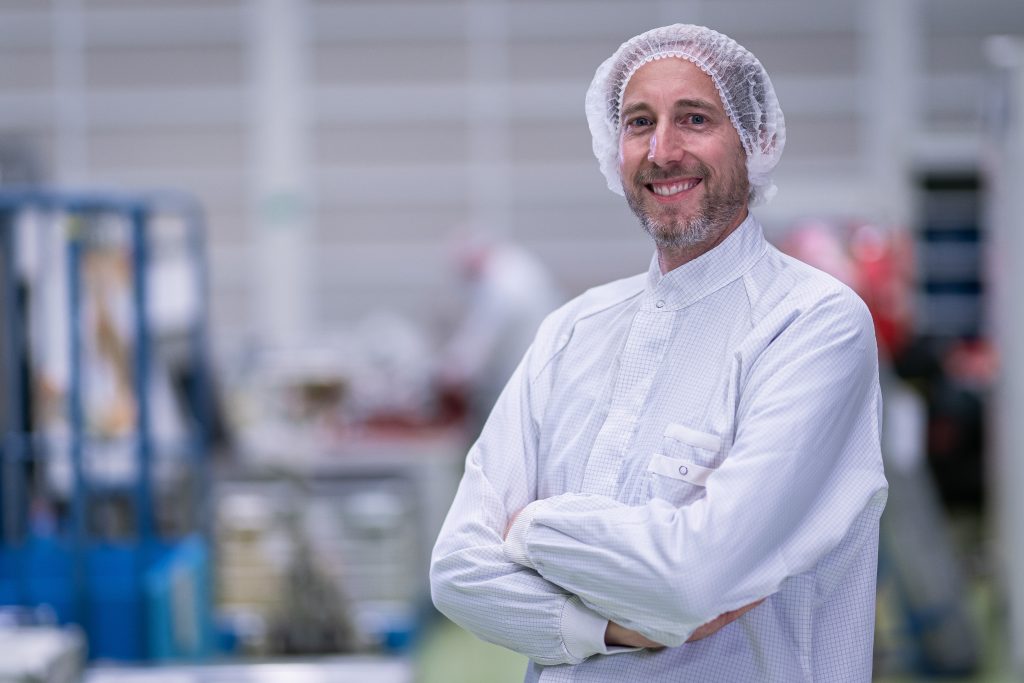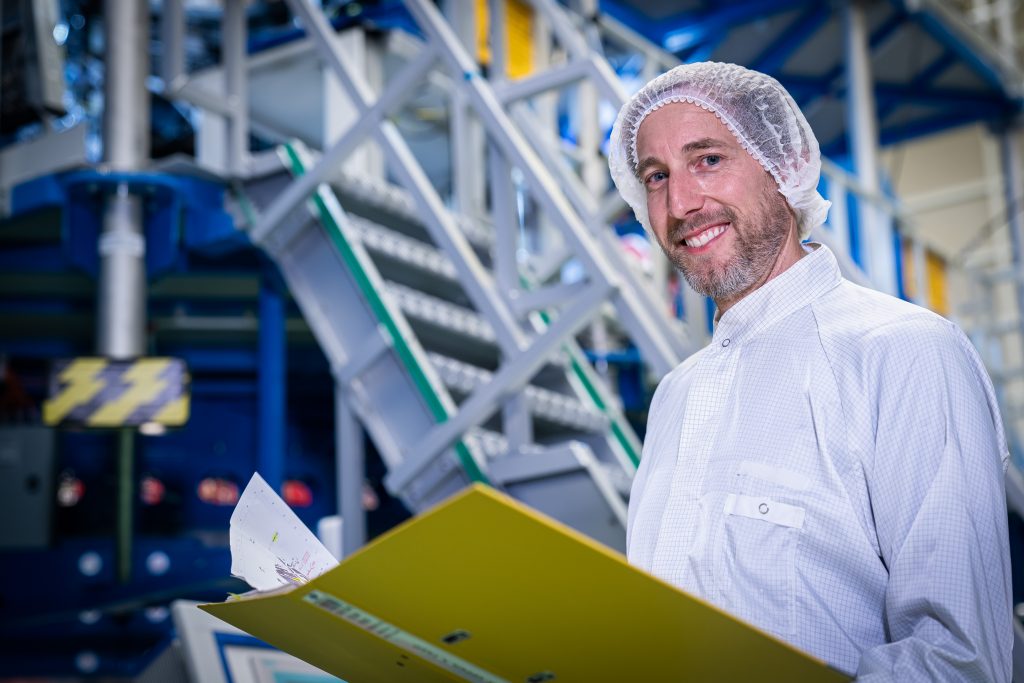It takes thousands of people to build a lunar spacecraft, let’s meet them and see what they do. Today: Jan-Hendrik from Airbus.

What is your name and your role on the ESM team?
Jan-Hendrik Meiss. ESM Propulsion Lead Engineer at Airbus Defence and Space, Bremen.
How long have you been involved in ESM’s development and what are your tasks?
I started working for Orion in 2013 and was part of the propulsion engineering team from the beginning. My first tasks were to contribute to the definition of the design layout, performing various trade-off studies with focus on the pressurization system and later on to define and conduct system development tests.
What is your educational background/prior work experience? How did you come to work on ESM?
Before working for Orion with Airbus, I worked and studied at universities in Germany (RWTH Aachen) and the US (UC Davies, UC San Diego, Cal State Long Beach) on several research and development projects in the frame of my PhD studies and post-doctoral research in Aerospace Engineering and Fluid Mechanics, e.g., on Scramjet and Aerospike engines.
What is the most notable or memorable moment during your time working on ESM?
Well, the most notable thing during my time working on ESM is not a single moment but the overall development and AIT process. Being involved in the design phase to come up and define the propulsion system, it was and still is a great feeling to see how the ESM is built based on what you have squeezed out of your brains. Key moments in this of course were the first tests performed on the actual flight hardware and the propulsion qualification module, seeing how “our baby” became alive and all parts worked together.
What does it mean to you to be part of the larger team helping to get humans back on the Moon?
It is simply a childhood dream becoming true. I was always fascinated about space and dreamt about contributing to evolve human’s presence in space and to boldly go where no one has gone before. And what means a lot to me is that the Moon does not belong to a single nation and accordingly, getting humans back to the Moon is indeed realized by a larger team, meaning colleagues from various nations all aiming at and working together on a same single goal in respectful collaboration.

What is one thing you’d like the European public to know about your job?
Well, not about my job, but about the Orion project, of which my job is a part: Going back to the Moon is just the beginning of humanity’s sustainable presence and crewed exploration in space. And I am proud and thankful that we as Europeans are actively contributing to it.
Do you have any advice for future generations interested in space exploration?
Especially when I was young, I was often told that space exploration, or space engineering is very tough and hard to get in. But if you believe in yourself and hold on to and pursue your dream with passion, everything is possible and doors will open.

 Automated Transfer Vehicle page
Automated Transfer Vehicle page ATV blog archive
ATV blog archive
Discussion: no comments